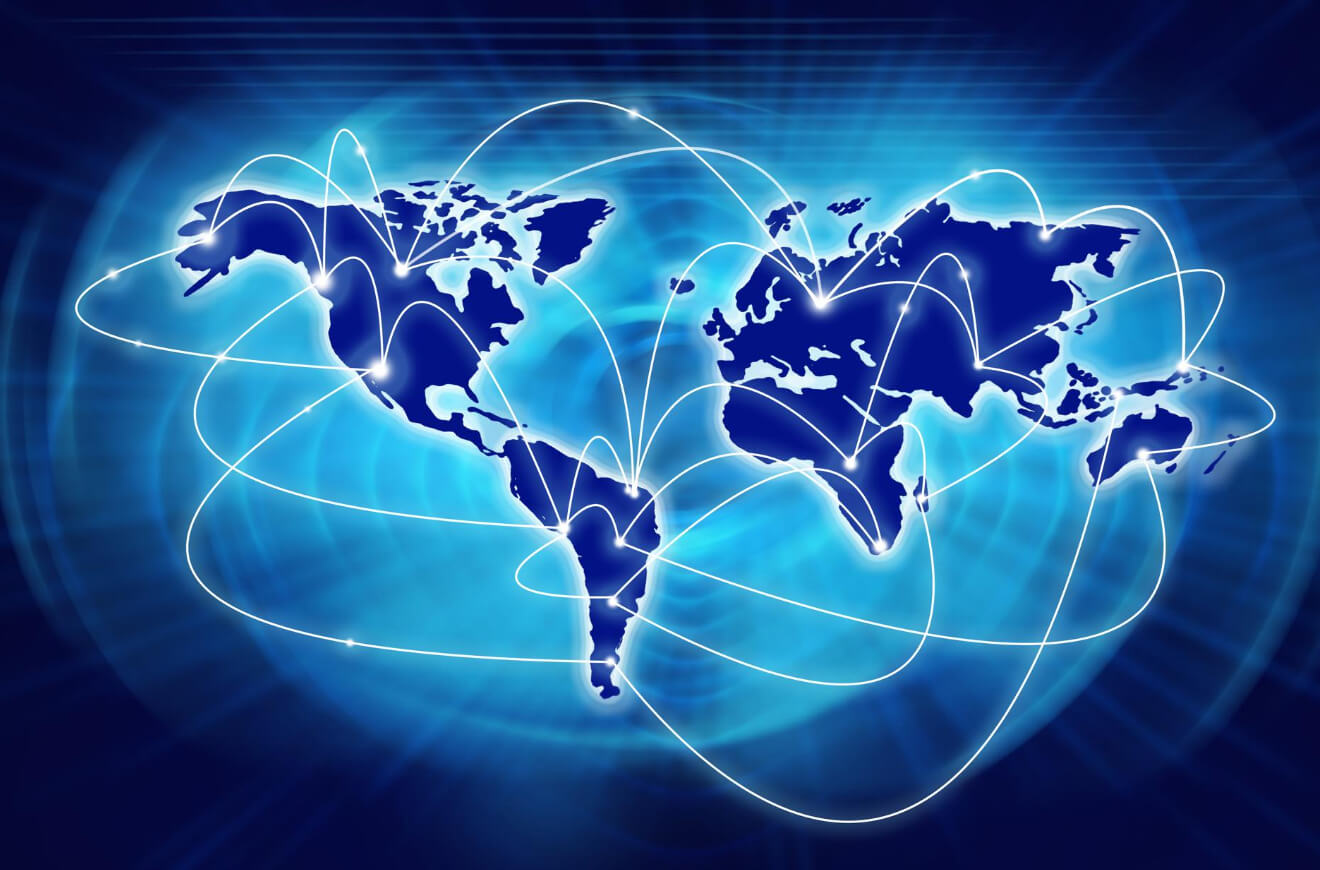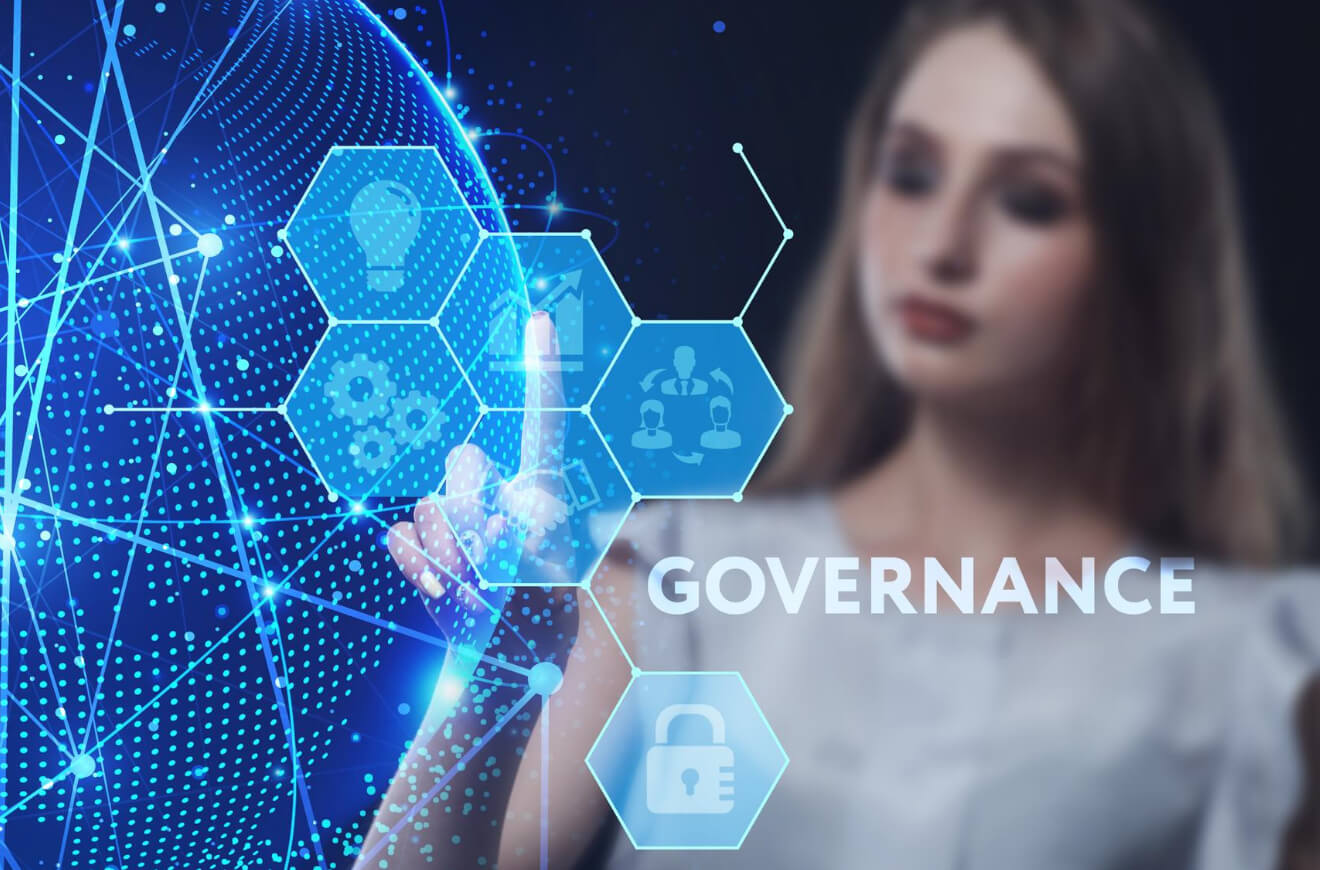
The End of Bureaucracy? How Is the Estonian Government Utilizing New Software Solutions
The debate whether governments across the world should make a giant leap of faith and switch to e-governance had been simmering for decades before the COVID-19 pandemic hit.
However, as lockdowns started sweeping across every continent, world leaders turned their attention to Estonia which had already transformed itself into a digital society decades ago.


Why did Estonia turn digital?
Speaking of world leaders, Toomas Hendrik Ilves served as Estonia's president for an entire decade, from 2006 to 2016. Nowadays, he is a consultant on digital governance and cyber security in California but he still vividly remembers the times when e-Estonia was launched.
At the time Ilves took up politics during the late 1990s, Estonia was in turmoil as the Soviet Union fell apart. Plainly put, they were economically behind Europe, so the new government made the bold move to go fully digital, as that was the only industry where Estonia was “no more backward than anyone else,” as the country's former president formulated it.
Soon enough, the whole country went digital. All schools were online by 1998, e-Estonia was launched in 2001, and people were given the opportunity to vote online in 2005. These bureaucratic reforms have promoted Estonia as the world leader in e-governance, as its people have learned to trust e-Estonia.
ElanWave has been working with governments and helping them transform into full digital societies. We would most likely be able help you too!Let's talk
A relationship based on trust
Having lived in the United States for years, the former Estonian president had come to the conclusion that the size of a country in terms of population isn't an impediment to the introduction of digital governance.
Yes, the US population is nearly 250 times larger than that of Estonia (329.5 million versus 1.33 million) but it is the lack of trust that is preventing the United States from organizing elections online, for instance.
It is an undeniable fact that citizens distrust their governments and vice versa. That is why people are reluctant to provide their personal data and store it online on governmental servers. Luckily, such trust can be gained but it's a painstaking process that involves decades of impeccable cyber security.
E-Estonia was a project based on hiring the best software development company at the time and the trust of its people. Both of these principles were shaken to their core during the 2007 cyberattacks on Estonia.
Citizens couldn't access their personal files for hours but e-Estonia survived nevertheless. After the attacks, the government doubled its efforts to improve the stability and the security of the system, so no major breaches were recorded since.
How data is stored and who can access it
One of the reasons e-Estonia is so safe to use is the fact that it stores data in several places outside of the country. This was necessary because Estonia is rather small in land area but it has embassies across the world which it uses as storage hubs for the country's critical digital assets.
These extraterritorial storage spaces allow the government of Estonia to guarantee confidentially and privacy to its citizens. The digital platform is based on a rather simple principle of “once only” that entails that the state asks for a particular file only once.
Having received the necessary document, the government stores that file in only one place. For example, when an Estonian uploads a marriage certificate to the registry office, they become the ones responsible for storing it and potentially sharing it with other governmental bodies. This ensures there is clear document ownership which prevents centralization of data or the creation of duplicates.
Speaking of centralization, citizens of other countries feel like minute cogs inside the behemoth of their nation's bureaucracy. The Estonian approach couldn't be more different, as it places the individual citizen in the heart of the system, making him or her the owner of the data collected about them. In everyday practices, this means that Estonian citizens know who is accessing their files, whether it's the local police precinct or they are providing papers to enroll their child into preschool. This elevates the level of security to a whole new level, effectively allowing Estonians to make paperwork a thing of the past.

All the benefits of e-governance
Using a log file to see who had been accessing their personal data is just the tip of the iceberg when it comes to benefits of e-governance in Estonia. The full list is so extensive that we will only list the procedures Estonians cannot perform online: pick up ID documents, get married/divorced, and sell/buy real estate.
US citizens, in particular, would be interested to know that doing taxes in Estonia is simple to the point it becomes fun. Everyone would enjoy doing the taxes if this process involved, like it does in Estonia, prefilled forms (income and deductions) that are ready to submit in minutes.
The tax return amount is swiftly emailed and that's it: no receipts, no tax advisers, and no arithmetic. Apart from taxes, everything else is easier in Estonia, from starting a company, across making a call to emergency services, all the way to voting in elections.
Speaking of the latter, during the aforementioned 2005 local elections, only 0.3% of Estonians voted online. Fast-forward to October 2021 and the country had reached the figure of nearly 50% of people who voted online (on Hiiumaa, the second biggest island in Estonia, 57% of residents voted online).

What the future holds
We have singled out Estonia as the country with the most advanced government in the world. Their transition to a digital society might be pioneering as other countries are trying to catch up to them but that doesn't mean that Estonia has thwarted its e-growth.
They were the first to utilize blockchain technology way back in 2007 to check the integrity of data in real time. Today, the use of blockchain technology allows the government to record access to its citizens' private data, whether authorized or not.
Such and similar advances have made it possible for Estonia to open its digital borders and offer e-residency for digital nomads. Starting an EU company now costs just a few hundred euros and a couple of hours of your time!
If we are to go by the example of Estonia, then it's safe to say that the future of e-governance is bright. Real-time invoicing, VAT reporting, and E-IDs are just some of the paths world governments might decide to pursue as part of their respective digital agendas for the 21st century.



